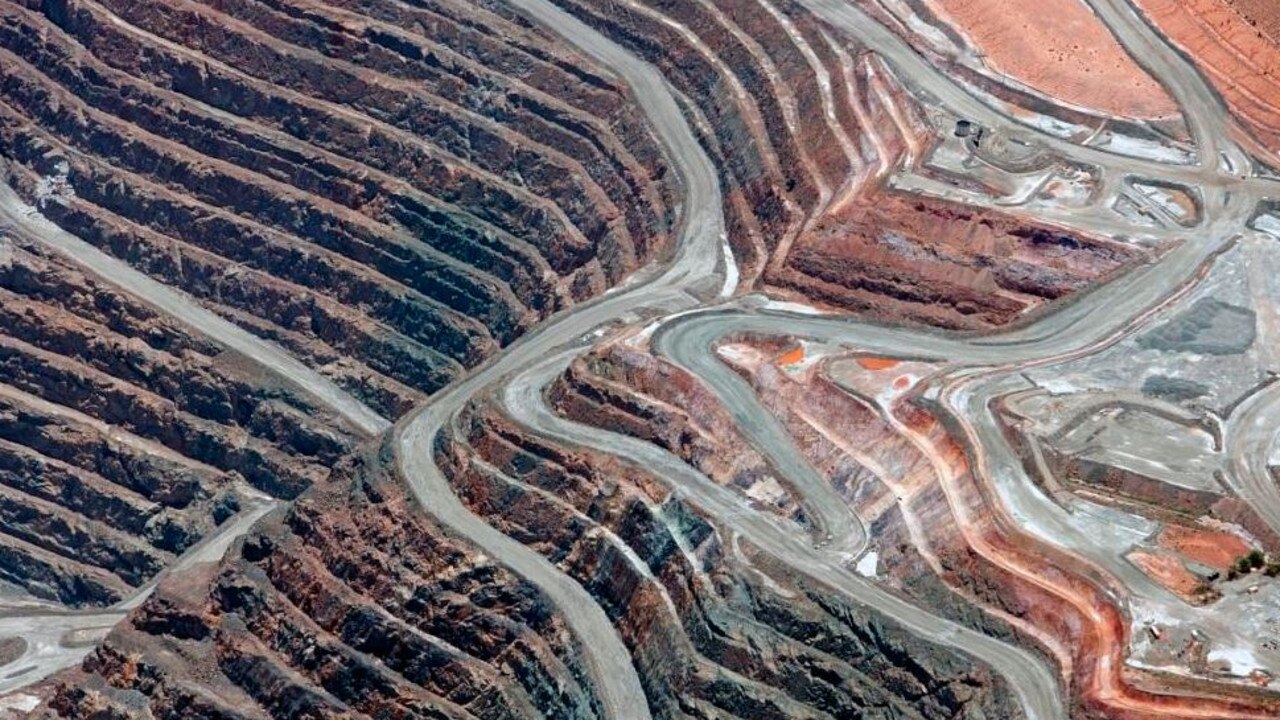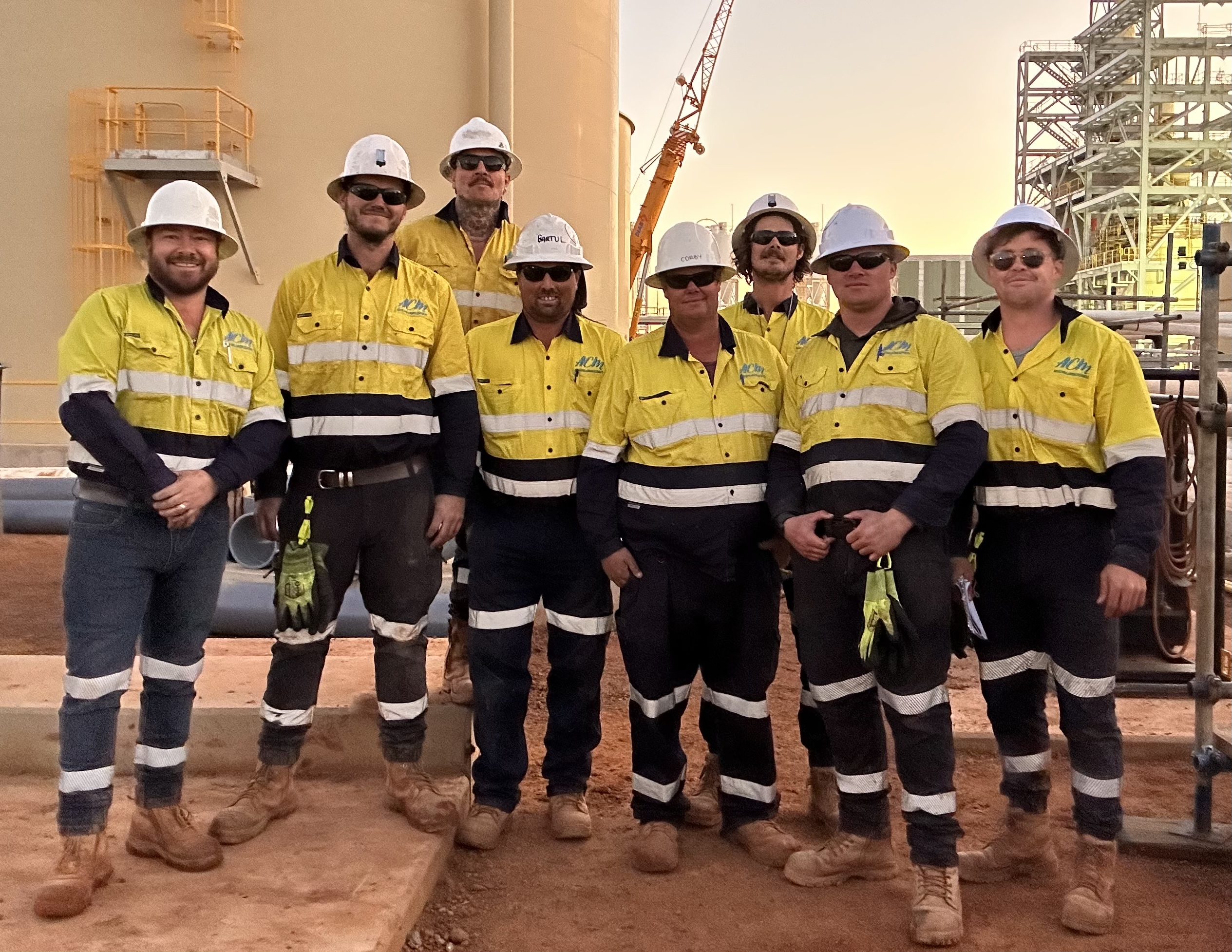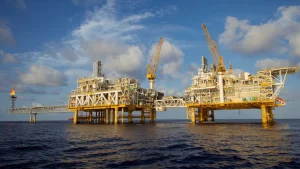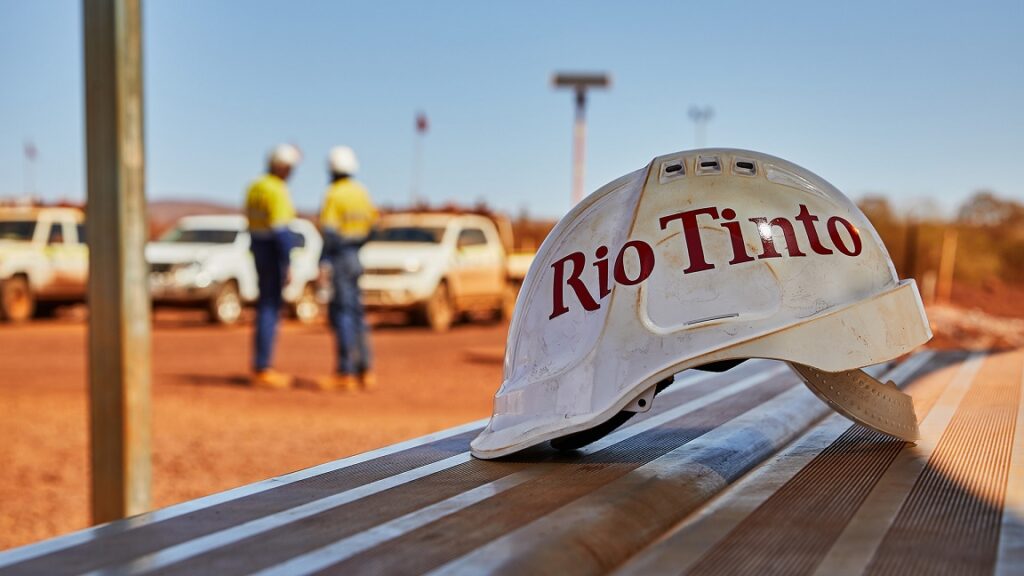Introduction: The start of 2024 has been a period of significant change and adaptation for the mining sector in Western Australia. The industry, a cornerstone of the state’s economy, faced multiple challenges including operational difficulties, financial pressures, and strategic shifts. However, alongside these challenges, there have been notable advancements and opportunities, particularly in the areas of critical minerals and sustainable practices.
1. The Struggle with Operational and Financial Challenges: January saw several mines grappling with economic and operational hurdles. Key players like the Woodie Woodie manganese mine and the Bald Hill lithium mine faced tough times due to declining commodity prices and rising operational costs. The financial strain on these mines reflects broader market trends and internal management issues. Additionally, the acquisitions of the Cassini and Northern Operations nickel mines by Wyloo Metals highlighted the industry’s ongoing adjustments to economic pressures.
2. Production Cuts and Strategic Decisions: First Quantum Minerals’ decision to reduce production at its nickel mine in Australia is a strategic move responding to current market dynamics. This step illustrates the broader industry trend of reassessing production goals to maintain financial stability and manage resources more effectively.
3. New Ventures and Industry Expansion: Despite the challenges, the sector witnessed growth and diversification. Australian Vanadium’s opening of a new vanadium electrolyte manufacturing facility marked a significant step towards producing a critical mineral essential for various industries. Cosmo Metals’ acquisition of La Zarza Minerals, holding the Kanowna gold project, signifies the industry’s continuous expansion and exploration of new opportunities.
4. Emphasis on Gender Diversity and Industry Recognition: BHP’s recognition in the 2024 Women in Resources Awards for its efforts in gender diversity highlights the ongoing initiatives towards inclusive and equitable work environments in the mining sector. This reflects a broader industry shift towards better corporate responsibility and social governance.
5. The Shift Towards Sustainability and Green Metals: The industry’s focus on managing costs and transitioning towards green metals is a critical aspect of its future trajectory. The emphasis on sustainability and meeting net zero goals by 2050 demonstrates the sector’s commitment to environmental responsibility and long-term value creation.
6. Critical Minerals and Future Opportunities: Despite a downturn in prices, there is a growing market for critical minerals, especially those vital for the green transition. This emerging trend suggests a potential shift in investment, focusing more on materials that are crucial for sustainable technologies and energy solutions.
Conclusion: The mining sector in Western Australia in January 2024 has been a microcosm of the industry’s broader global trends. Faced with immediate challenges and evolving market dynamics, the sector is simultaneously navigating through financial pressures while capitalizing on new opportunities, particularly in the realm of sustainable practices and critical minerals. The developments of this month indicate a resilient industry, adaptable and forward-thinking, ready to embrace both the challenges and opportunities that lie ahead.













